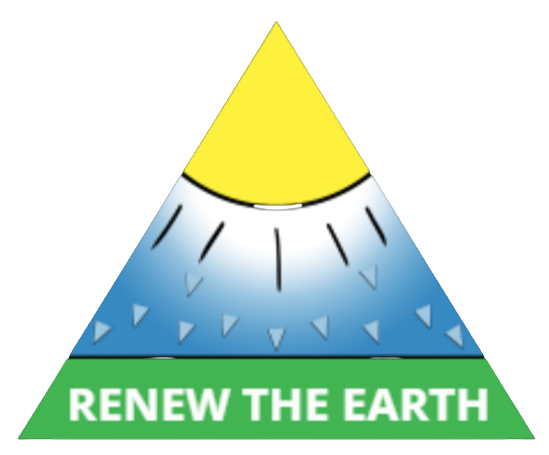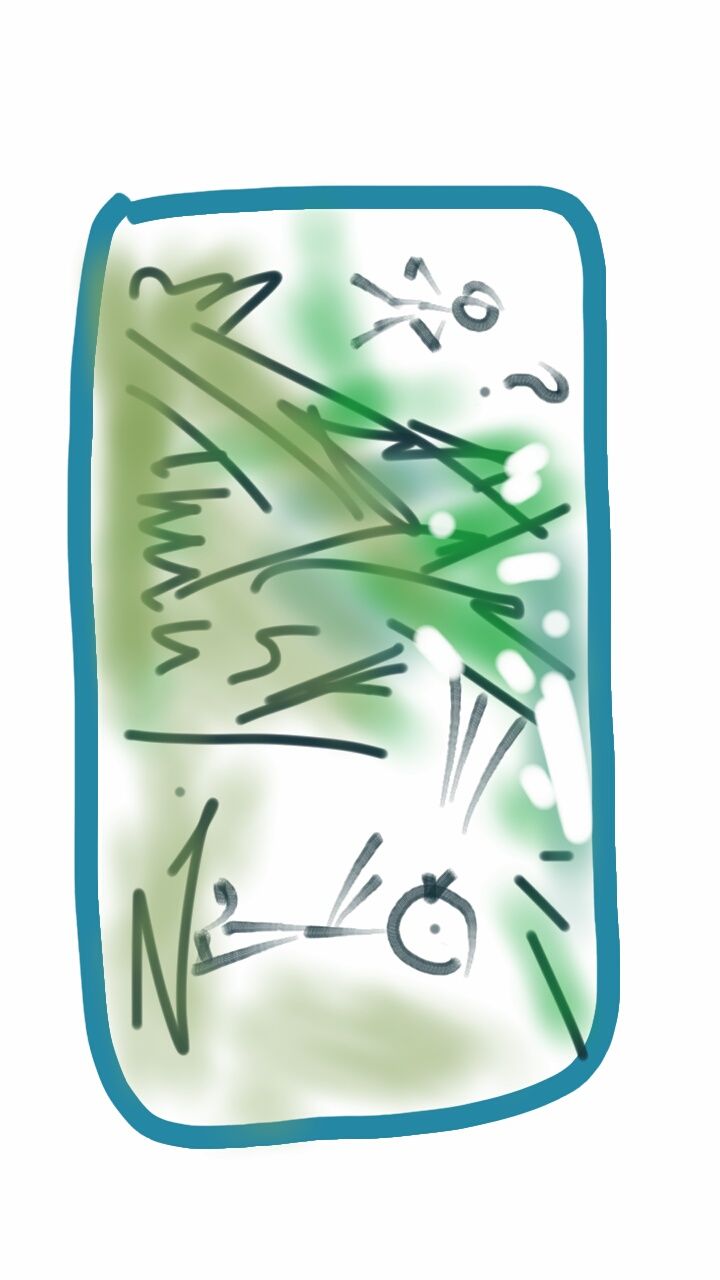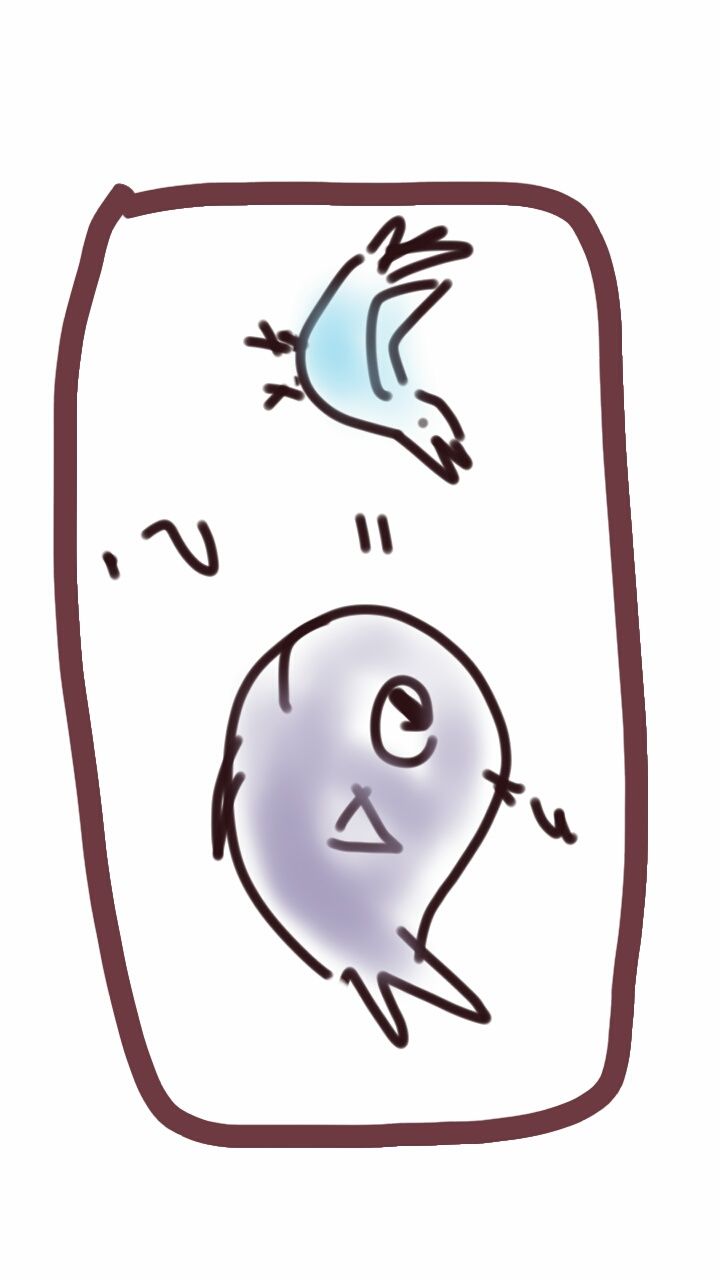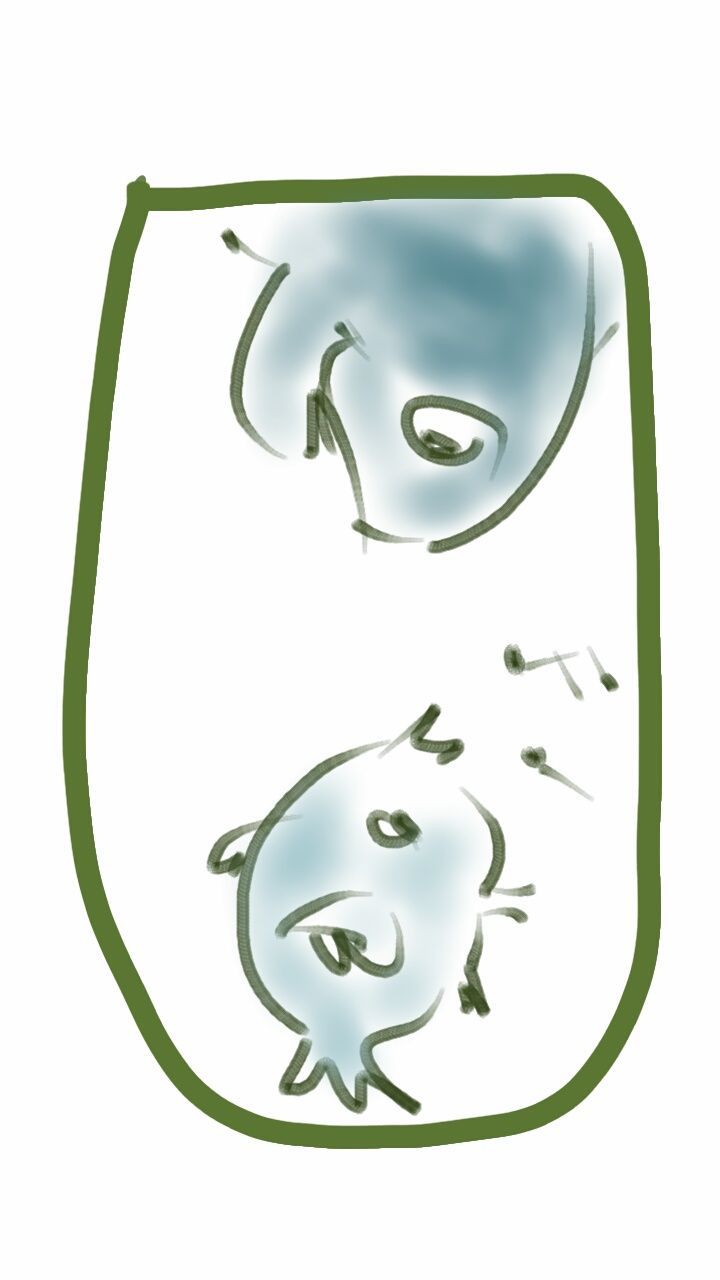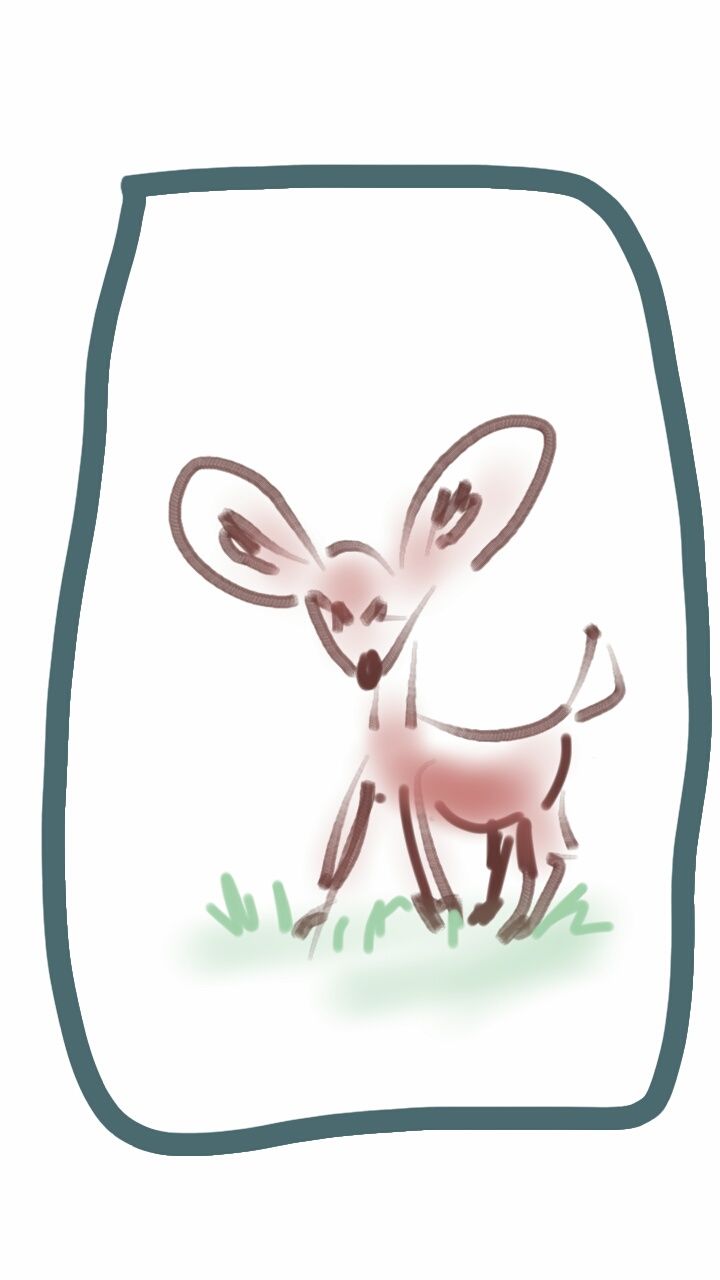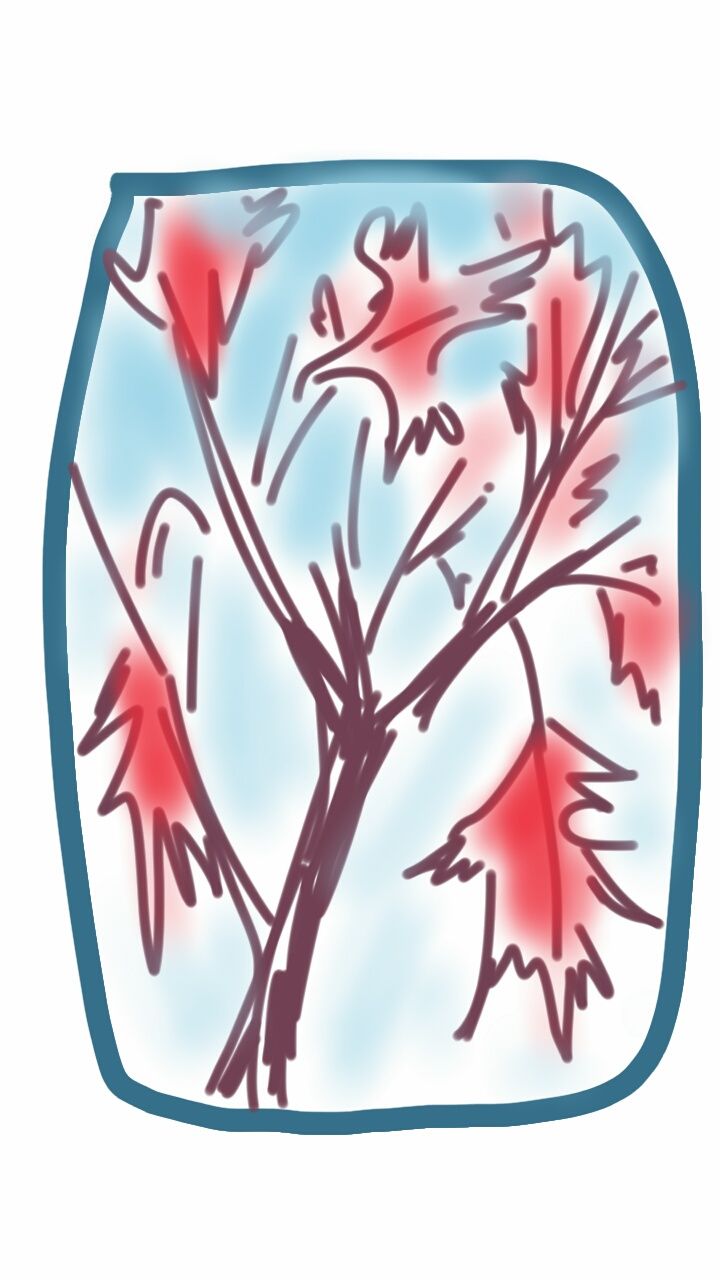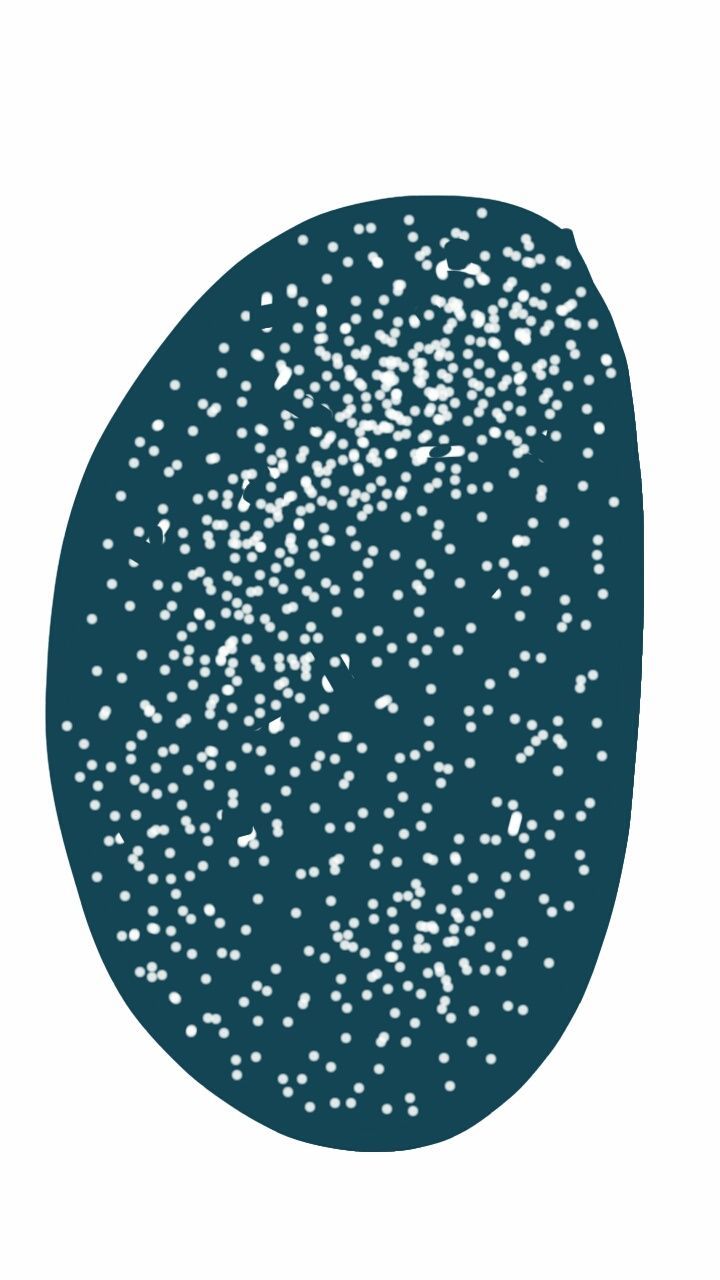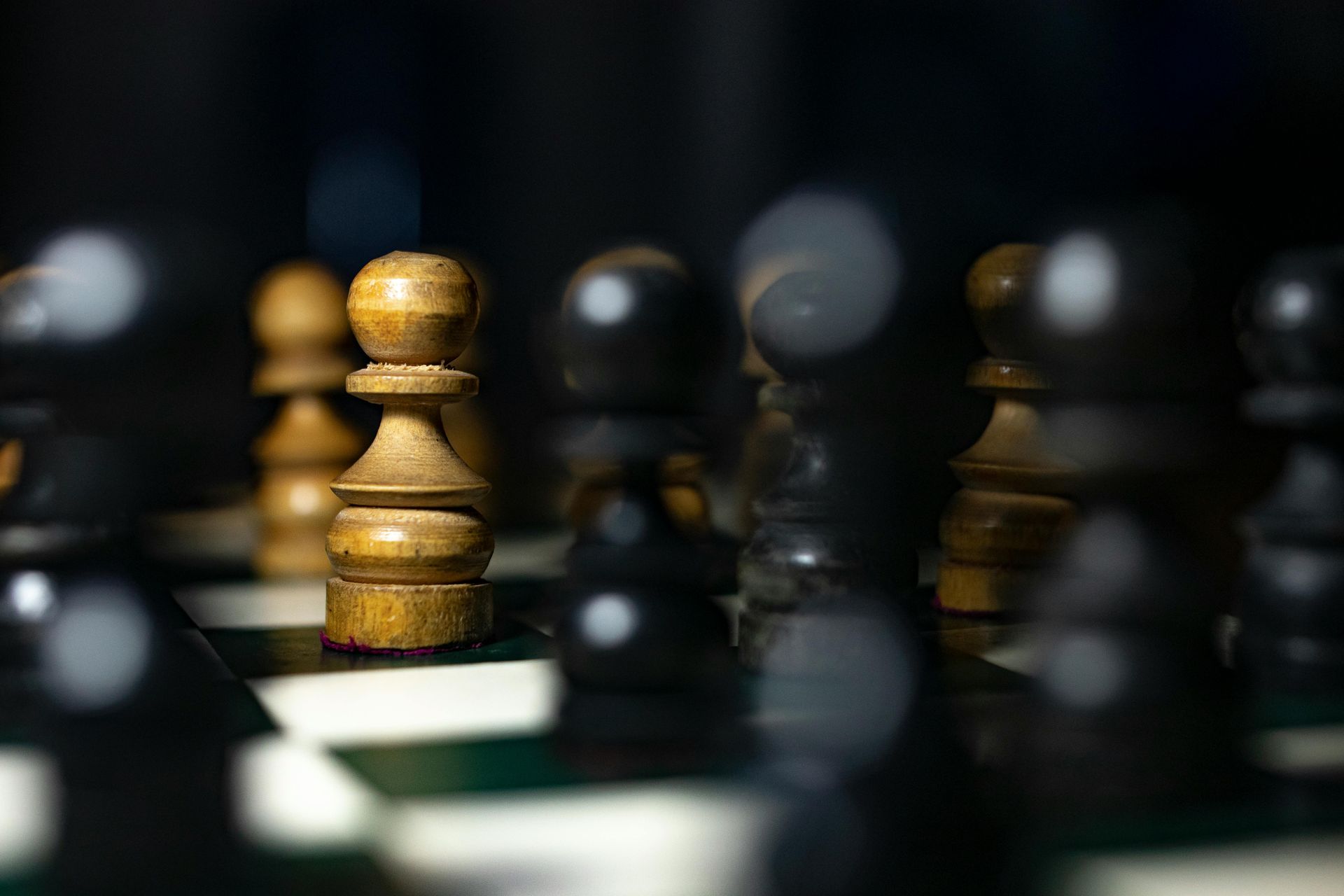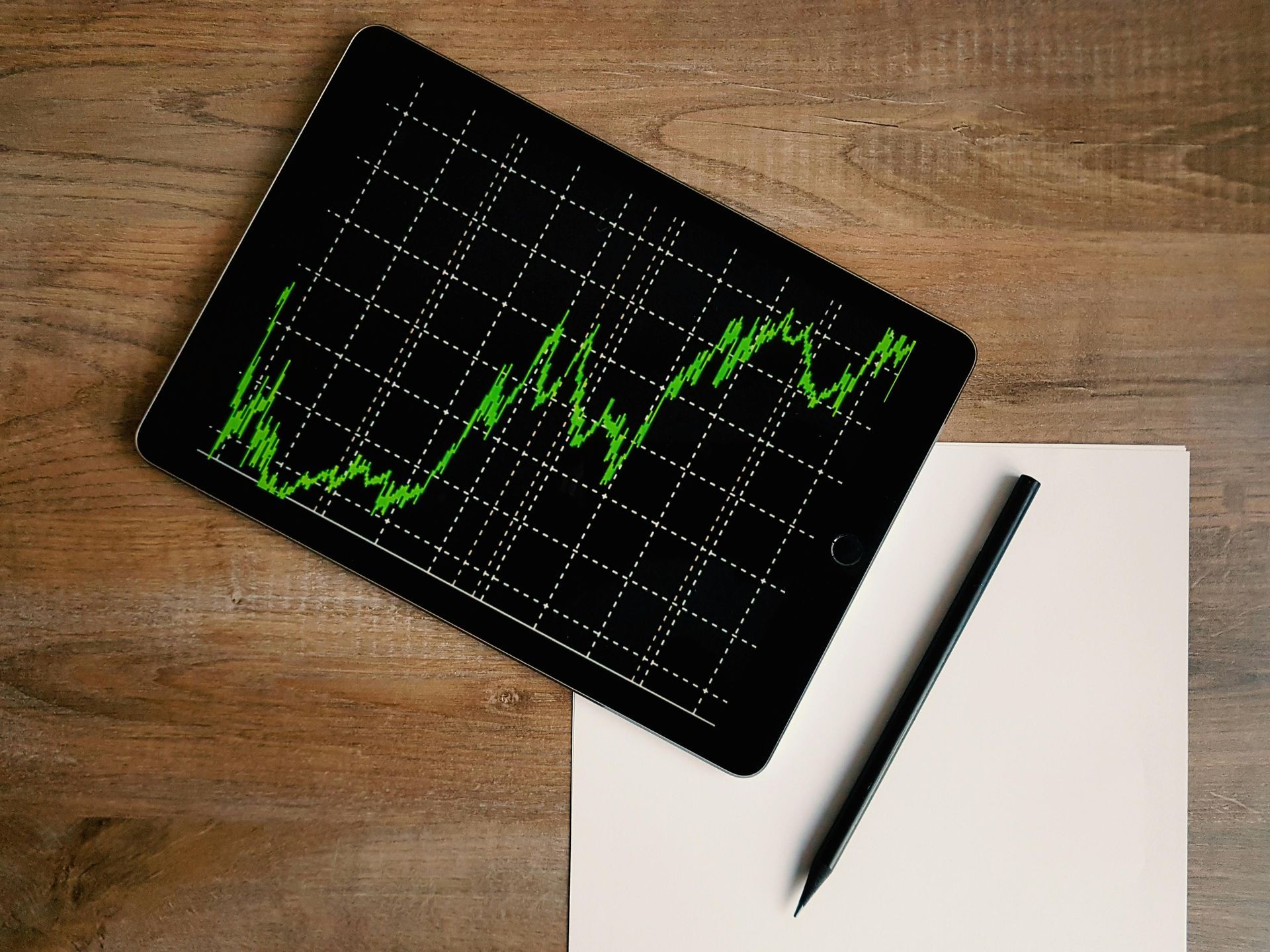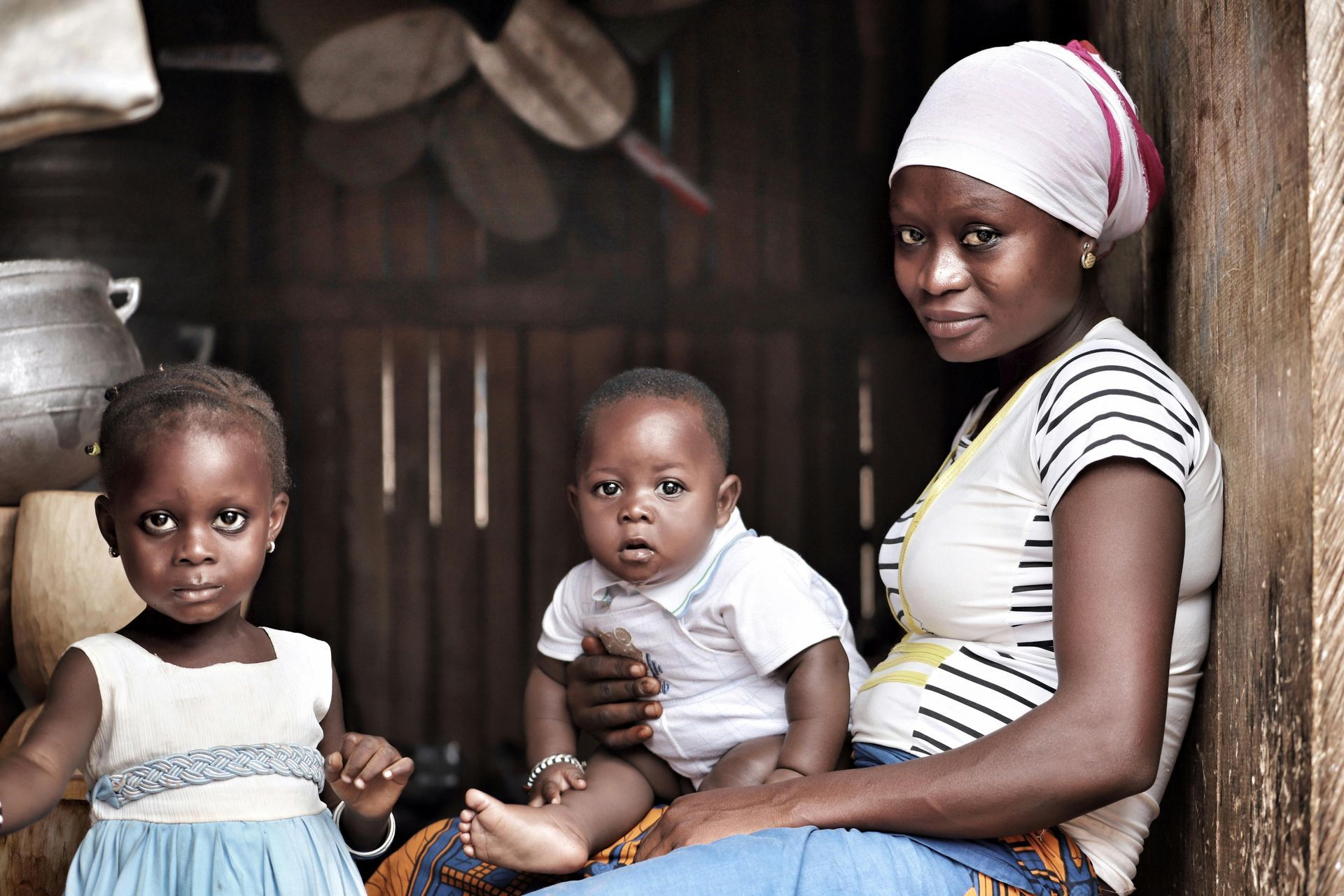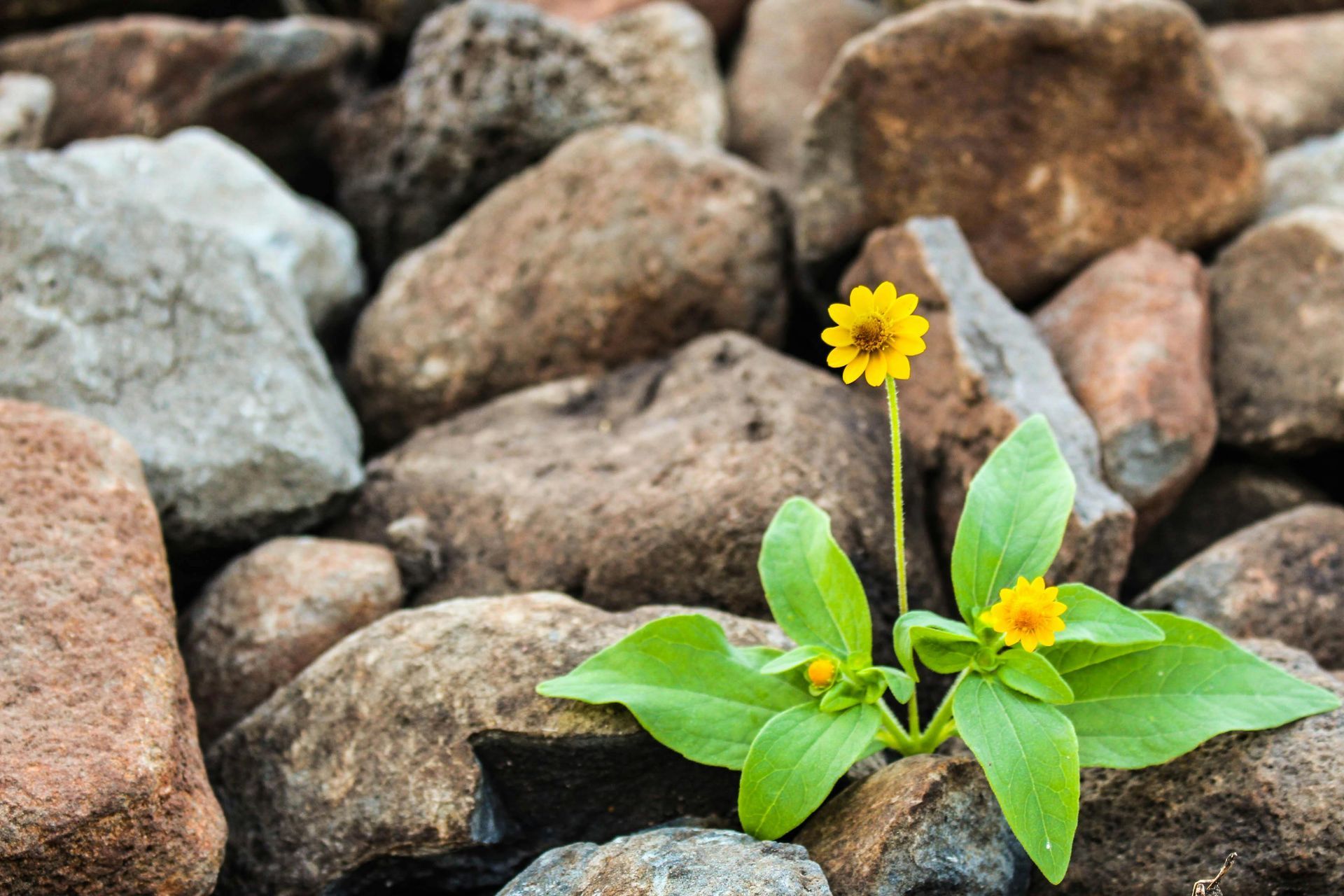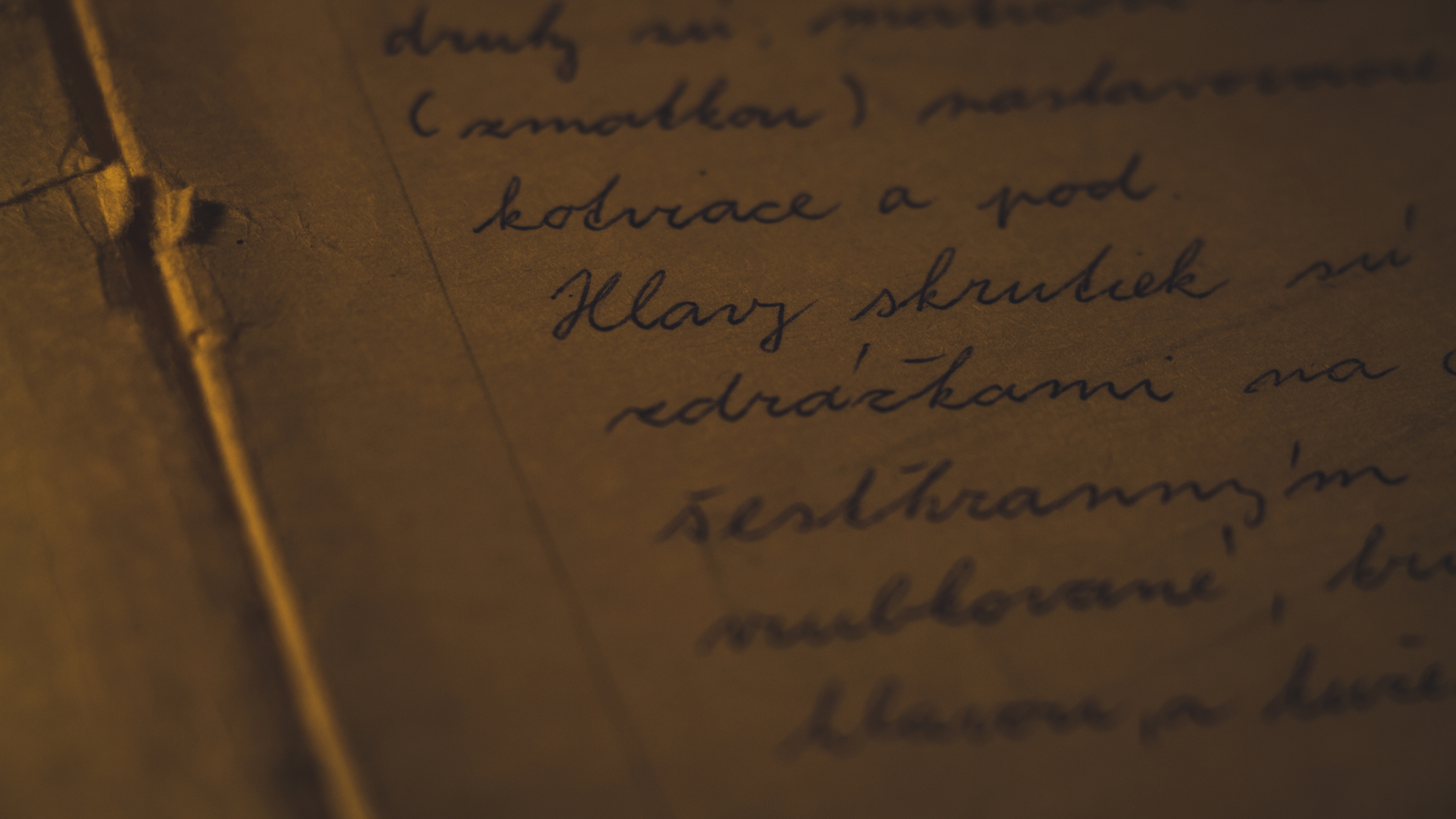Earthlings Letter #7
Greetings Earthlings! You may be wondering by now if I have a particular ‘method’ behind how I choose what to write to you about. Well, I don’t. The way I see it everything in nature interacts and changes and doesn’t begin in any particular place so I am not writing about things in any kind of sequence, but randomly according to what gets my attention. I think that this approach may be closer to the way nature does things. Or, the way it appears to me that nature does things. Because I am sure that nature knows just what she is doing and we only know a little bit about what she is up to.
So, let’s go on a ‘noticing walk’. Yea, I know I talk a lot about noticing and noticers. Because I think this is so important. What I mean is that someone is looking around and observing what is around them and what is going on. Then making up their own minds about what they think. Some of the very best thinking starts with good noticing.
Here is how a noticing walk went that I took recently. On this particular day I woke up pretty early, around 5:20 AM. And I stood out side for a while just looking around, being still and listening. It was cool and slowly light was appearing. One of the first sounds I noticed was bird song. I have found that at this time of morning certain birds start singing the opening movement of a kind of symphony for the day. One song that I could identify right away, without actually seeing the bird, was the that of the robin.
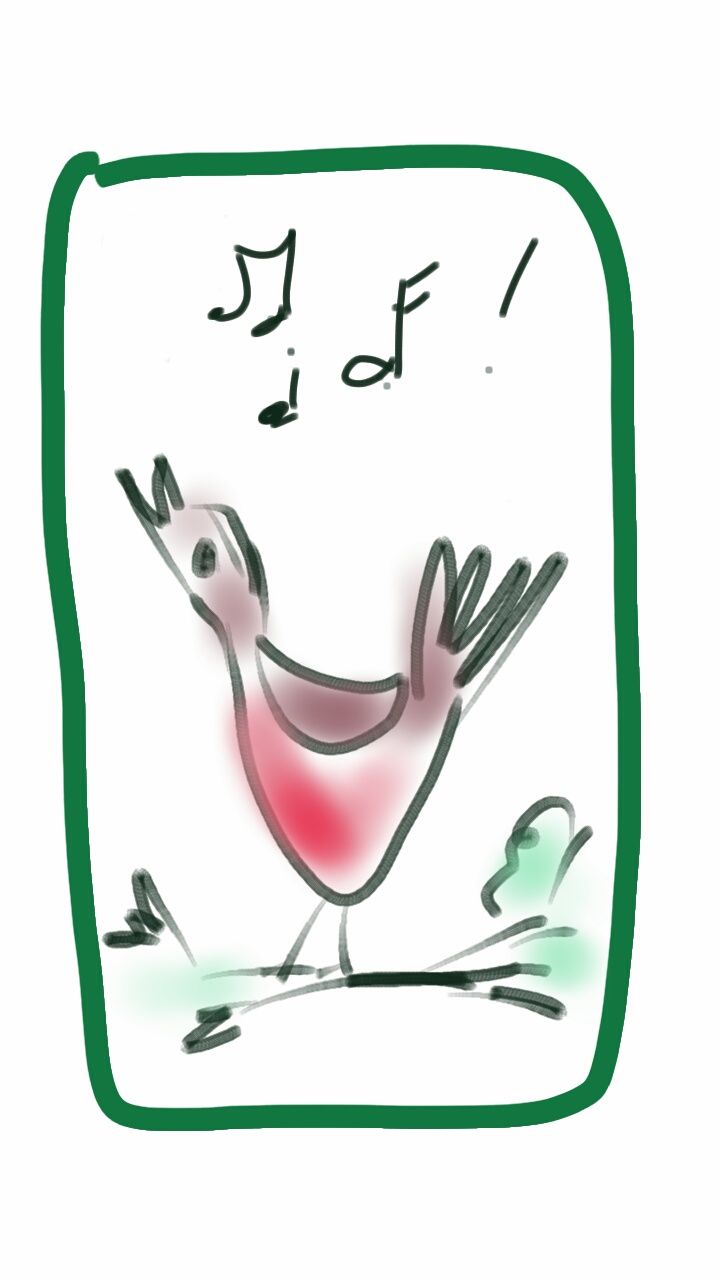
One will sing then shortly after another will answer or just blurt out it’s notes because they have been sitting in its throat all night and he just has to sing as soon as he sees some light! I know that there is a theory that birds sing just to let other birds know where their home turf is, keep other birds out of it and compete for mates. But I can’t accept that this is the whole story… because how could a bird tell from just the song of another bird where or how large the territory is of that other bird? The only way they could start to get an idea of the extent of another birds home turf would be to fly out and see when they get chased away from some area. And why would they bother if they already have a place to call their own and sing from? The song itself is not pin point-able any more than the shouting of a friend in the distance who you can’t see.
You are able to figure out the general direction that the shout came from but not the exact place where your friend is standing. Generally a bird could know not to go ‘over there’ but when hundreds of birds start singing at once in the early morning like they do, the sounds overlap and echo and blend and are very hard to pin point. It is a general chaos of song! So what does all this bird song mean? Does it mean anything the way we think of meaning? How can we start to understand bird song?
Sometimes it is useful to think about a completely different type of animal in order to start to understand the one you have a question about. Let’s take whales for example. At first you may laugh and think what could birds and whales have to tell us about each other?
What do we know about whales? They live in the deep water of oceans. They swim those waters and travel great distances looking for their best feeding grounds and places to raise their young. So do birds. Birds fly in the air and travel great distances to find food and the right temperatures to raise their young. Couldn’t we think of water as a thick kind of air? Don’t whales seem to ‘fly’ in their element, graceful and huge? For that matter aren’t birds kind of ‘swimming’ through the air? Lets think about what scientists have observed whales doing as they travel the deep of the oceans. They sing. And each pod (family) of whales has its own songs that they understand, like we use language to communicate with each other. So when they sing it appears that their song is meant for the ears of its pod mates.
Maybe they are saying something like, ‘Where are you?’ , ‘I am awake,’ ‘Has anyone found food?, ‘where are we going today?’, ‘I’m here,’ ‘All is well’… ‘Are you well?’ Whales are sounding the water. They are sending vibrations through the water and communicating with other whales. Birds sound the air. They send their vibrations (songs) through the air to communicate with other birds. Maybe they are saying, ‘I made it through the night,’ ‘I am alive, are you?’, ‘Where are my relatives?’, ‘Good Morning,’ ‘Are my children OK?’ … ‘Are you there?’, ‘I’m happy and excited!’ “Morning is come!”
Maybe there is a lot more going on in the lives of other creatures than we give them credit for… Another thing that bird song may be trying to do is help the individual bird locate itself in time and space. It is singing to itself so that it knows where it is — its location or starting point. ‘I am here,’ ‘I know it, ‘this is where I am’. It is very important to know where you are, whether you are a bird, a human or any living thing.
Now that there is enough light to see all around, I am going from my starting point where I was standing listening to the birds sing and I am walking from there toward a path in the woods. I am going on my noticing walk. The first thing I do is start to whistle quietly to myself as I am walking and just loud enough to not startle any animals that are around. I find that I start to whistle without even thinking about it. Because it feels like the right thing to do! I unconsciously put my thoughts to the timing of a tune while I am wandering about. Maybe because music is a universal language! Anyone or animal can make it and enjoy it. If I am totally quiet I often frighten animals that don’t know I am around until I am right on top of them and we both get startled! So it is kind of a compromise, I whistle quietly and give the wild creatures a chance to be aware of me and we end up just watching each other as I pass.
The first animal I spot in the woods is a young deer.
It had become aware of me before I saw it. I could tell this because its stance was still and alert and it was staring right at me with big eyes and its huge ears were focused toward me. It was not running away. It was just as curious about me as I was about it. So we both stood still and stared at each other. A sound in the distance was approaching slowly that I recognized as a group of Canadian geese coming my way. Shortly seven geese were ‘barking’ overhead then passing on toward the beaver pond. When I looked back the little deer was gone.
Now I am continuing on the path, enjoying the springy feel of years of fallen pine needles beneath my feet. The summer is just on the edge of fall. The air already has that leafy, wet soil, cool air smell that starts to clear the mind of hot summer days and prepare us for the stricter occupations and weather of winter. When I reach the beaver pond I am there just in time to see a beaver running along the top of its dam. It doesn’t seem to be concerned about my presence and continues on its way to the edge of the pond. There it starts gathering tall leafy reeds that are growing in the water then it swims off dragging them somewhere out of sight. I sit down on a flat rock by the side of the pond and wait for the birds to stop calling to each other about me. “It is there, It is there!” I see the geese at the other end of the pond. They have settled down and one of their number is being a ‘lookout’. It is almost time for them to make their long fight south. Maybe they are restless. The youngsters challenge each other with their wings. Finally, after I have been sitting quietly long enough the local creatures loose interest in what I am up to.
As I sit quietly I become aware of more and more things going on around me. My mind is expanding outward like it has the multiple eyes of a spider, seeing several directions at a time. One of the things that draws my attention is a single call of small black bird in the tree tops. Its call is answered by the same call from another black bird. Suddenly there are about 10 black birds in the branches above me calling back and forth with that same sound. Then those birds move on calling as they go and even more black birds are overhead calling and moving on. Maybe they are saying, “Come, let’s go together in this direction!” “Let’s go where it is warmer, time to go!”
The birds are not the only living things that are aware that winter is coming. Overhead leaves are wagging in the wind and already there are a few Maple trees drawing back, from the leaves on the tips of their branches, the chlorophyll that has been working to make food for them all summer. Those warriors of summer, some scared by feeding insects, are now tinted bright red and orange.
These leaf furnaces of photosynthesis glow briefly even after their job is done.
Going ‘noticing’ in Nature is not like going to the zoo or a pet store (which I think of as a kind of zoo). Nature does not easily or quickly reveal itself. You have to return, again and again with a patient heart and a mind that lets the light of dizzy stars shine in.
Slowly you will be forming paths and a personal map that is there for you to use when you need them. When you want to be where you belong.
“How often I have found where I should be going only by setting out for somewhere else.” Buckminster Fuller
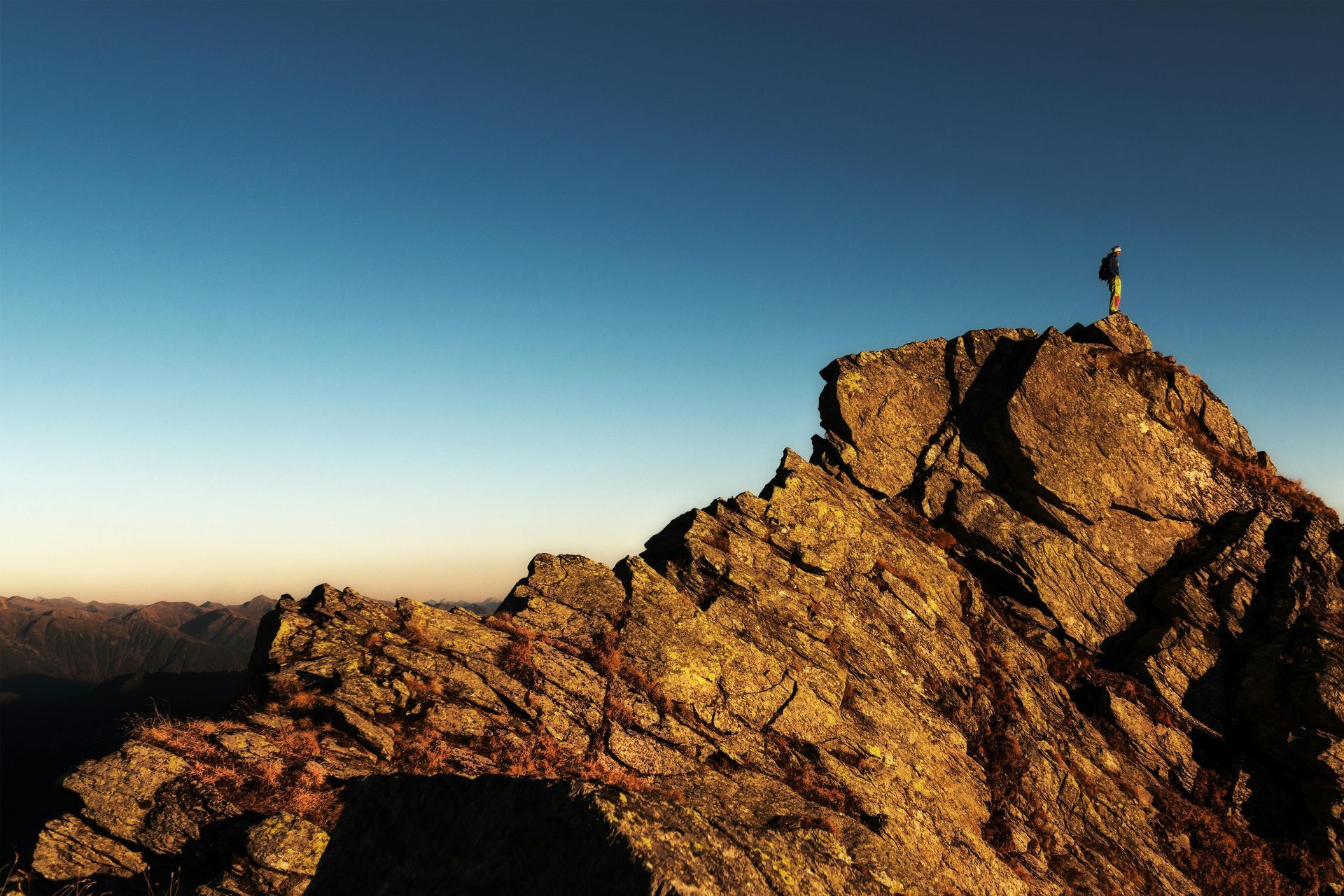
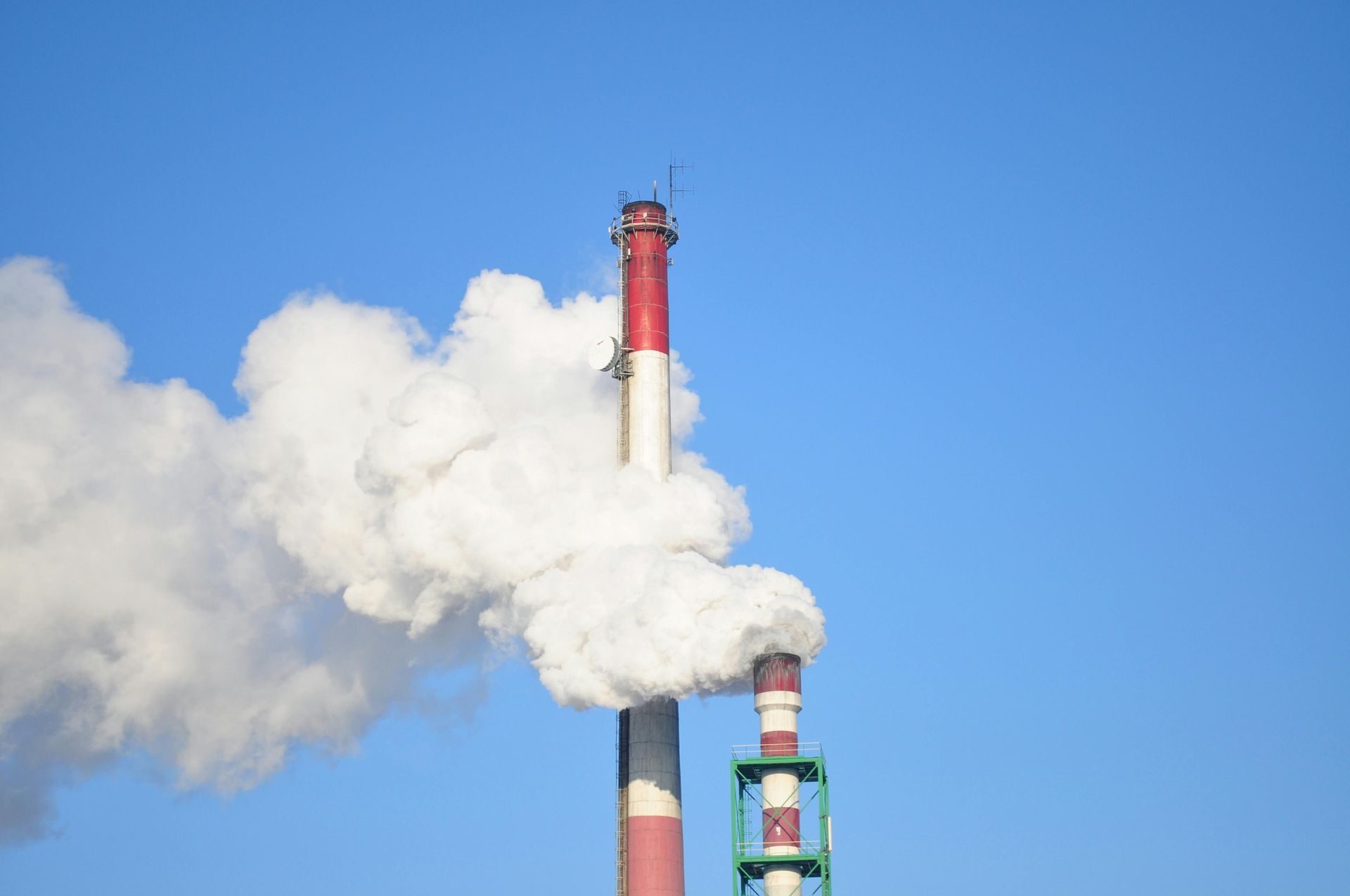
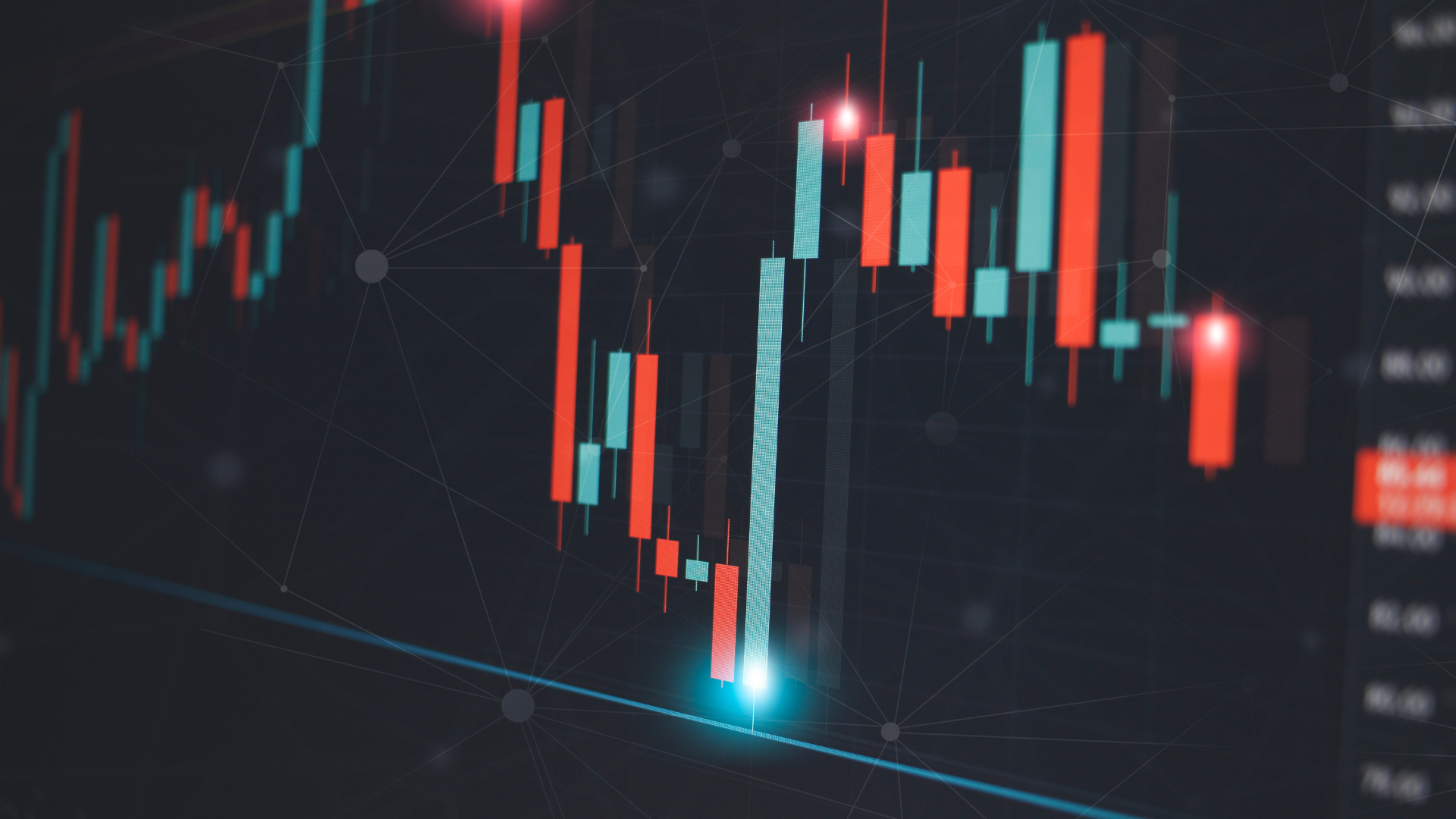
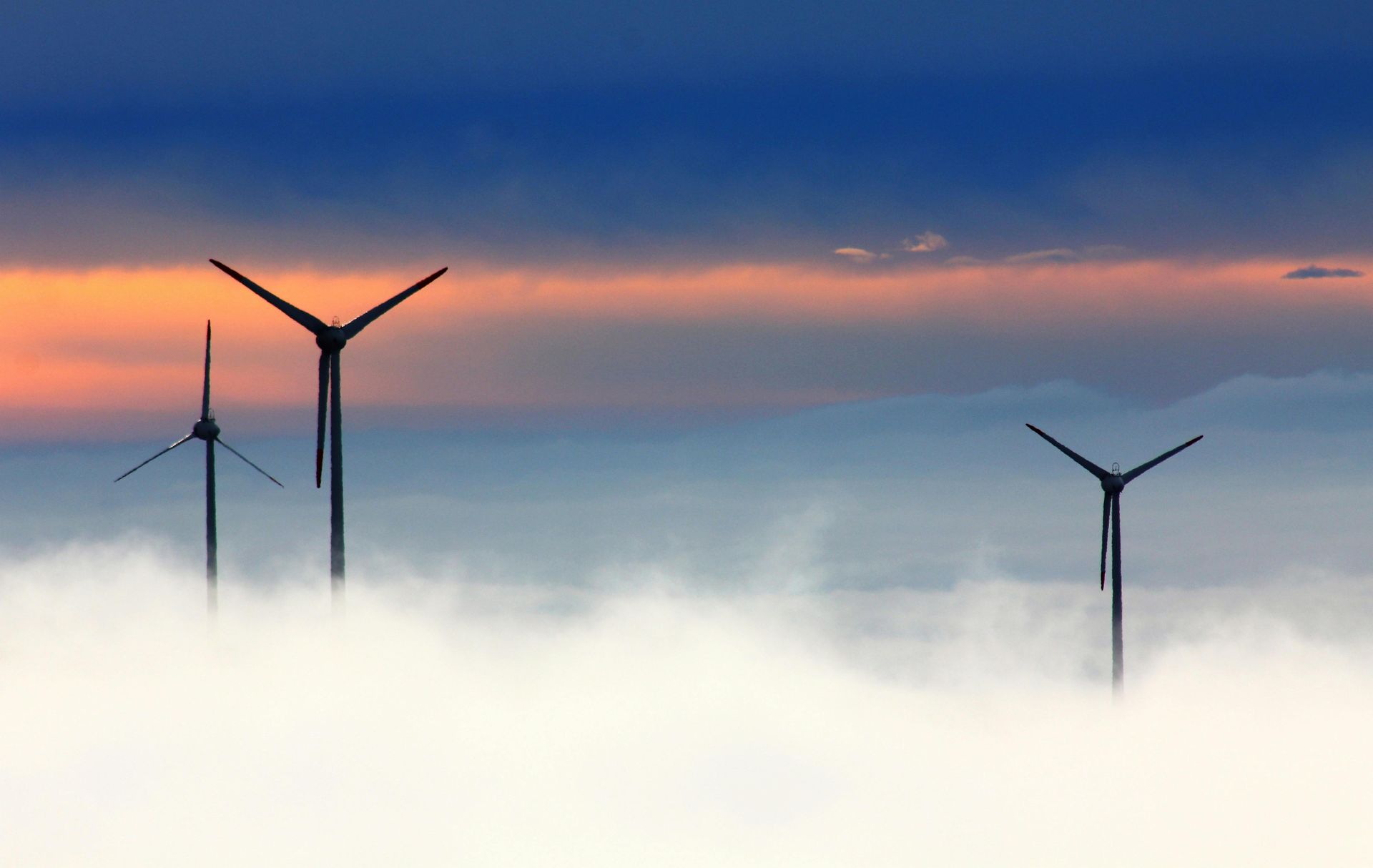
Contact Information
All Rights Reserved | Renew The Earth
